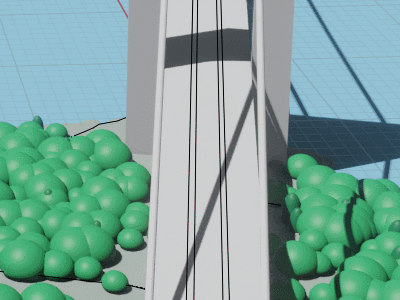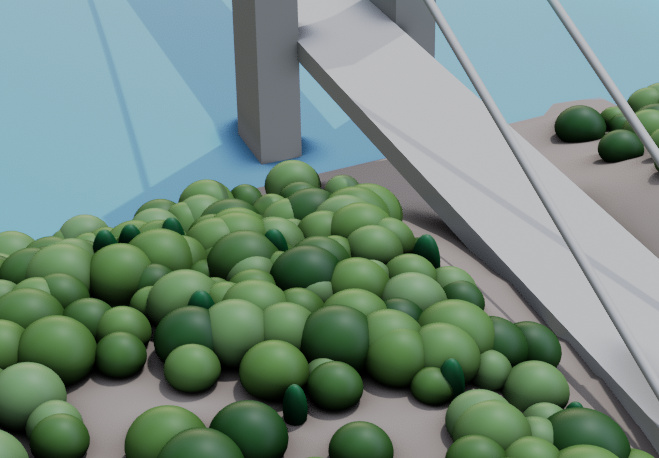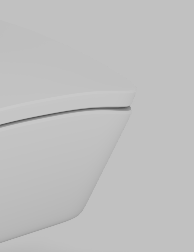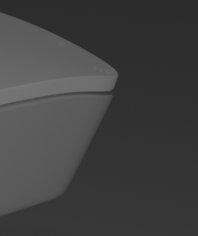Anyone know why this would happen?

I can see the AO in the material preview mode, and on the occlusion render pass, but not in the combined view.
Anyone know why this would happen?

I can see the AO in the material preview mode, and on the occlusion render pass, but not in the combined view.
Ok, so it doesn’t completely disappear, but it’s drastically different:
How can I get the smoothness and spread from the material preview to apply to the final render?
There’s only a single ambient occlusion setting that I’ve found in Blender so far, and it seems to affect both modes?
From what I know, the ambient occlusion intensity depends heavily on the world lighting. If you set the world light to total black, then the AO will have almost no effect.
From your image I can see that the preview is using an HDRI and the render isn’t, causing the problem.
Apparently, too bright a sun also eliminated ambient occlusion. Quite weird, but at least there’s the AO channel I can use in compositing after the fact (I hope).
And yes, thanks for the HDRI tip… it does weirdly seem to also have an effect. This is what I now have in rendered mode so I’m getting pretty close now:

Huh, so this apparently happens quite often to me in Eevee…
Final render:

AO pass:

And if I switch the main light off in the viewport:

So, it’s super simple to cause the lights in Eevee to overpower the AO… I don’t know, feels like something is wrong here…
(Btw, this is an object a few centimeters across lit by an area light that’s a few decimeters across at 3.26 W, so there’s definitely weird values going on here… unless the area light is a LED light.) ![]()